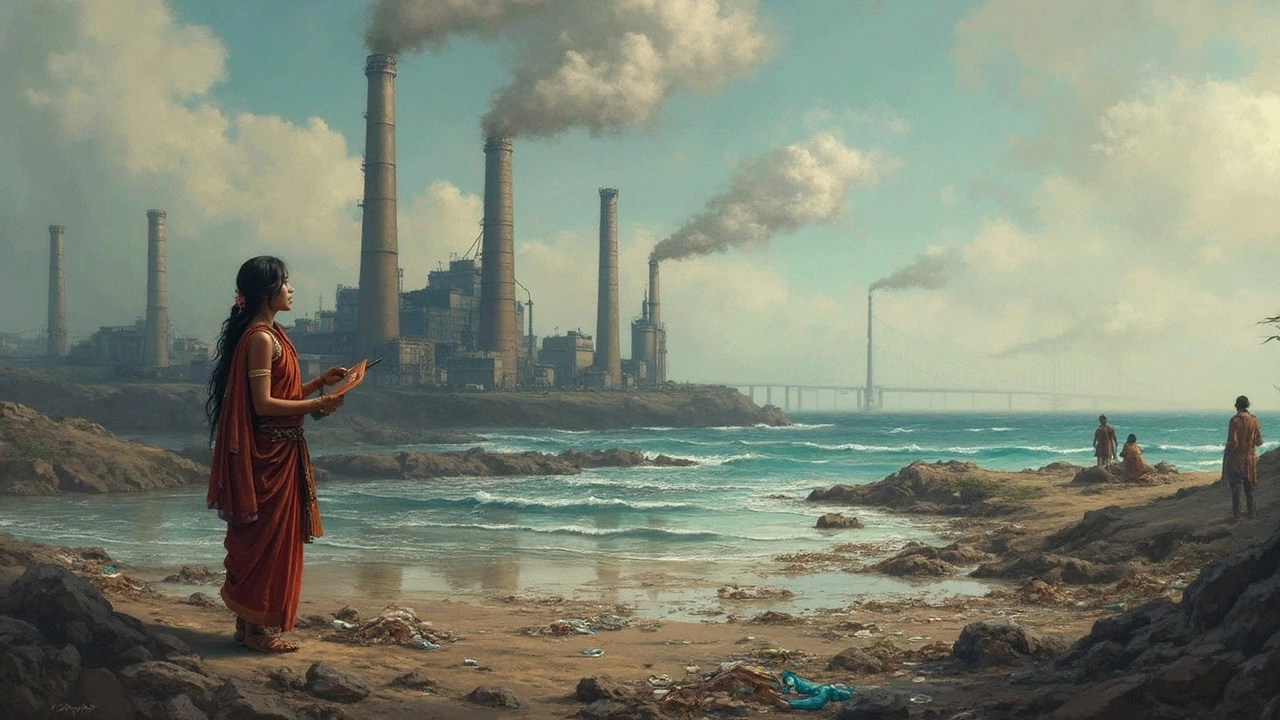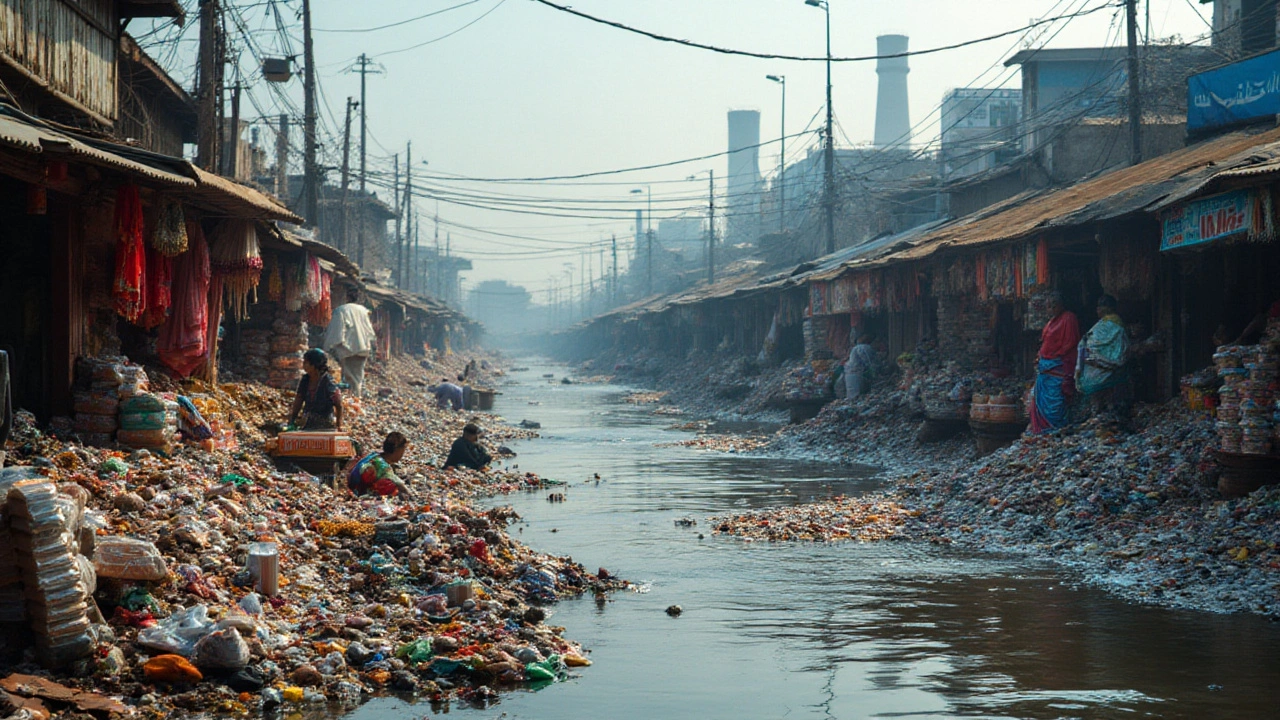Environmental Impact: What Manufacturing Gets Right and Wrong
Ever wondered how the stuff we build influences the air we breathe, the water we drink, or the soil under our feet? The answer is simple: almost every product leaves a trace. From the steel beams that hold up skyscrapers to the plastic bottles you grab at the store, each step in the production line adds up. Understanding those footprints helps us make smarter choices.
First off, the biggest culprit is energy use. Factories that burn coal or oil pump out a lot of CO₂, which speeds up climate change. If a plant switches to natural gas, solar, or wind, the emissions drop dramatically. Countries like India are seeing a shift as more manufacturers install rooftop solar panels, cutting bills and pollution at the same time.
Where the Waste Comes From
Waste isn’t just the trash you see on a landfill. It starts with raw materials. Take food processing: every minute of beef trimming creates by‑products that often end up in a landfill, releasing methane. Some companies now turn those leftovers into animal feed or bio‑energy, turning a problem into a profit.
Plastics are another hot topic. A single-use bottle might linger for hundreds of years, breaking down into micro‑plastics that end up in oceans and our food chain. Recent research shows that biodegradable plastics still need specific conditions to decompose. The best move? Reduce usage, design for reuse, and recycle correctly.
Steps You Can Take to Lower the Impact
If you’re a business owner, start with a simple audit. Identify which processes consume the most energy or generate the most waste. Then set realistic targets—maybe a 10% cut in electricity use over a year. Small upgrades like LED lighting or high‑efficiency motors can deliver big savings.
For consumers, the power is in the purchase decision. Choose products from companies that publish sustainability reports, use recycled materials, or have clear end‑of‑life plans. Even something as easy as buying a reusable water bottle cuts down on plastic waste.
Governments also play a role. Incentives for green tech, tighter emissions standards, and support for research into sustainable materials all push the industry forward. Look for local programs that reward energy‑saving upgrades—you might qualify for grants or tax breaks.
Finally, remember that change is a team effort. Engineers develop cleaner processes, marketers spread the word, and workers follow new procedures. When everyone sees the bigger picture, the environmental impact of manufacturing drops, and the planet gets a breather.
In short, manufacturing doesn’t have to be an environmental villain. By tracking energy use, cutting waste, and choosing greener materials, we can keep factories humming while protecting the world we live in. Ready to make a difference? Start small, measure results, and scale up—your actions add up, just like the products you create.

